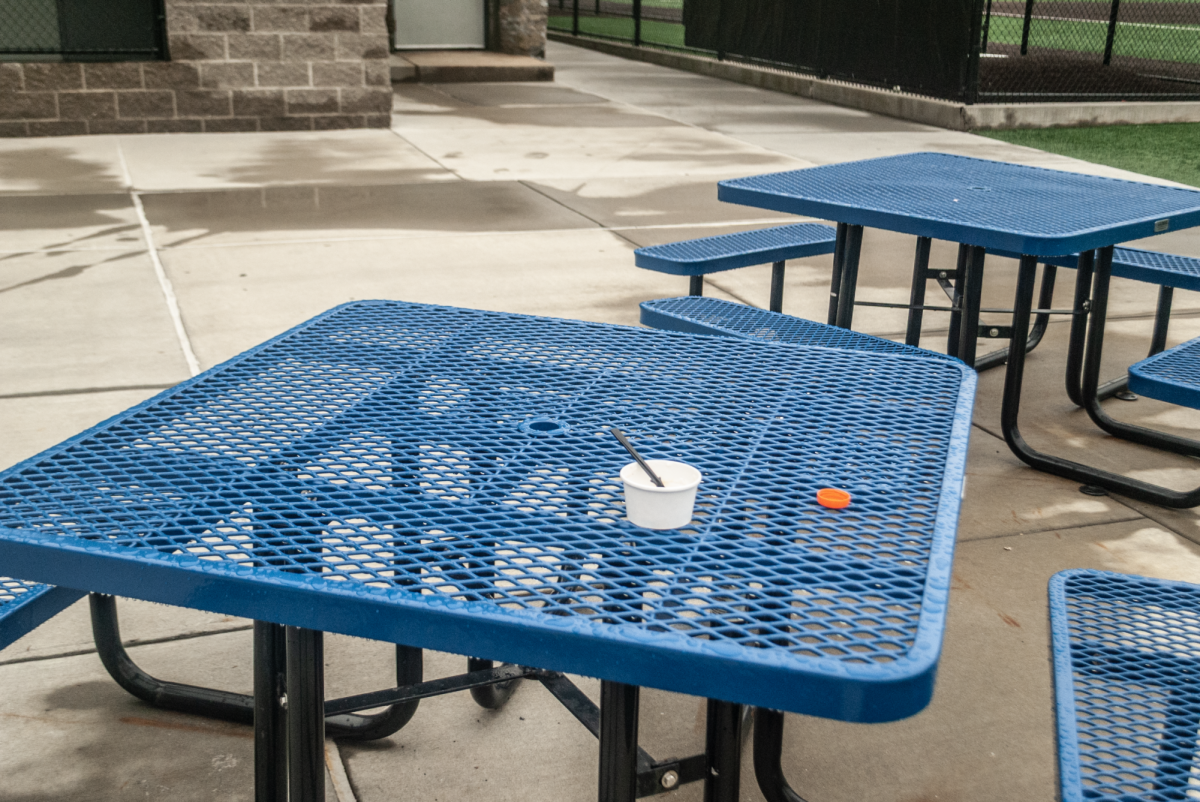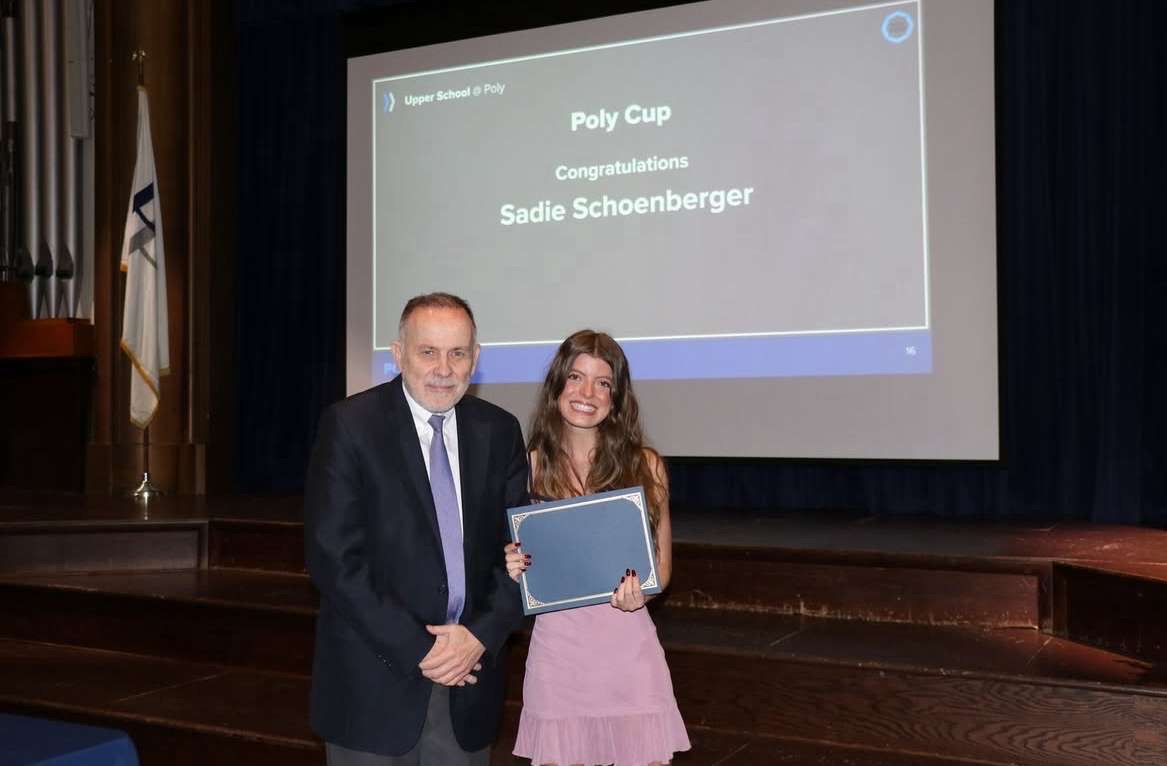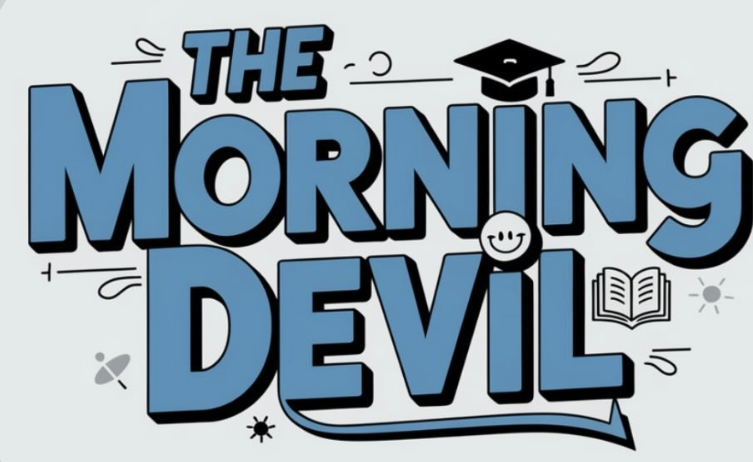March Madness is much more than a casual basketball tournament. It is an overall experience that grabs the attention of sports fans all over the world. Every year, the NCAA Men’s and Women’s Tournaments create unforgettable memories, ranging from unforeseen upsets to game-winners that leave viewers in shock. The one-loss elimination format, which forces every team to give their all in every game, is one of the main reasons anticipation is so high during March. For fans, a major part of March Madness’s excitement is filling out brackets, despite the fact that achieving a perfect score is almost impossible, with odds of just one in 9.2 quintillion. This near-impossible mission adds extra tension to what is already one of the most thrilling times of the year for sports fans.
This year, however, we saw very few upsets. The majority of the top seeds advanced further into the tournament, evident from the fact that the Final Four consisted of all number one seeds.
According to The Guardian, a British daily newspaper, “The top four seeds went a combined 16-0 in the first round for the first time since 2017 and the sixth time since the field expanded to 64 teams in 1985.” However, there were still some notable upsets, such as McNeese’s win over Clemson and Drake’s over Missouri. They were, nevertheless, the most-picked upsets by fans. “Historically, No. 12 seeds have won approximately 35% of their first-round matchups, and No. 11 seeds have a 39% success rate against No. 6 seeds,” also stated by The Guardian. Other than that, there were no major upsets, especially as the rounds advanced further. While this made for less chaos than usual, it also showcased the dominance and consistency of the best teams in the country. Powerhouses such as Duke, Auburn, Alabama, and Tennessee controlled their early games with dominance, proving their steady success every year.
While the tournament lacked many upsets or dramatic, bracket-busting games, it remained, without a doubt, an incredibly entertaining experience for fans. One notable player was Florida’s senior guard, Walter Clayton Jr, who significantly contributed to the Gators’ National Championship win over Houston. Throughout all the games in the tournament, he averaged a whopping 24.6 points per game. The championship game was a battle of number-one seeds, which came down to the final buzzer, where Houston’s junior guard Emmanuel Sharp’s final shot attempt was blocked, sealing the game for the Gators. Due to all the attention being on Clayton, he struggled to score the ball but allowed his teammates to get open shots, especially down the stretch. “Walter Clayton definitely impressed me the most because of the confidence he had in every shot, even when they weren’t falling,” said Cooper Lindsay-Abaire, a sophomore at Poly.
Another standout player was projected #1 pick Cooper Flagg, who, despite only being 18 years old, had all the spotlight on him throughout March. He didn’t disappoint, averaging an impressive 20 points, 8 rebounds, and 5 assists and leading Duke all the way to the final four. However, due to a lack of experience, with a roster of young, highly talented recruits, they fell just short of a win against a skilled Houston team. Yet, Flagg was definitely not the only player on the Duke squad who had an immense impact. Fellow freshman and projected top 10 pick Khaman Maluach used his 7’2 frame to dominate other men. “I think Maluach raised his stock the most because he was able to block many shots and show his presence around the rim,” said Charlie Garner, another sophomore at Poly.
For both Lindsay-Abaire and Garner, St. John’s out of New York City was the most disappointing team in the tournament.
“They were, without a doubt, the most disappointing team, as they had a lot of hype surrounding them – known to be very gritty,” said Lindsay-Abaire. “R.J. Luis was one of the main reasons they fell short – I expected a lot more out of him because he averaged 18 points per game.”
“Nothing seemed to be going his way in their loss against Arkansas,” added Garner.
Arkansas was a team that seemed to surprise everyone, as they came into the tournament as the #10 seed. They just got back their star player, Boogie Fland, a lethal scorer for the Razorbacks, alongside his dynamic duo partner, DJ Wagner. “Arkansas definitely impressed me because they did not seem to have much chemistry at the beginning, but made it all the way to the Sweet 16,” said Lindsay-Abaire.
“This was one of the more entertaining tournaments I’ve watched because the top players were able to put a mark on their name, and the underdogs played hard to put their name out,” said Garner.
However, the men’s tournament was only half the story– the women’s tournament was just as exciting and entertaining. The UConn Huskies, a consistent force in women’s basketball, secured their 12th national championship with a decisive 82-59 win against another powerhouse, the South Carolina Gamecocks. Senior standout Paige Bueckers paved the way with an efficient 17 points, while her teammate Azzi Fudd took home the Most Outstanding Player award, averaging 22 points in March.
On the other hand, USC’s tournament journey was bittersweet, ending in the Elite Eight – a significant disappointment, particularly after the loss of sophomore star Juju Watkins to an ACL injury in just the second round. Watkins, who had an average of 22 points in the regular season and increased to 28 in the tournament, is regarded by many as the next face of the WNBA. With two more years of her collegiate career left, fans are excited to see what she has in store for viewers around the world.
The attention the tournament attracts from people around the globe is truly incredible. However, credit should go to the young male and female athletes performing under the big lights and living up to the expectations set for them. March Madness gives underdogs the opportunity to make a name for themselves and allows future stars to shine in front of everyone. All of this is what makes March Madness spectacular and one of the most popular tournaments in sports events.

























